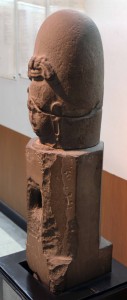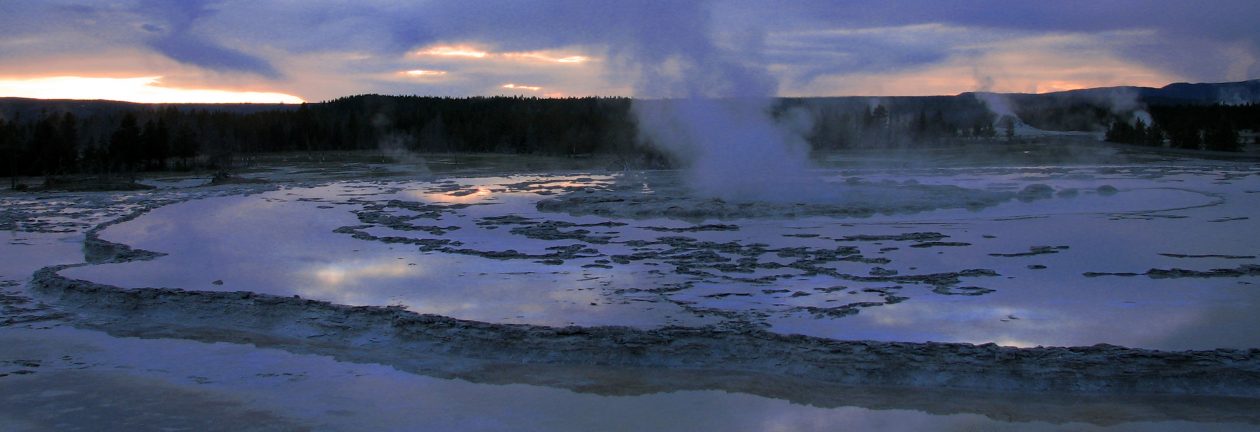Bangkok, Thailand

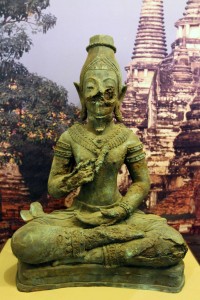
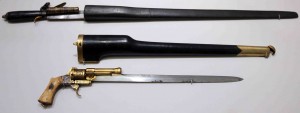
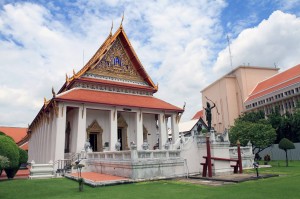
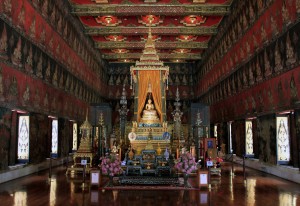
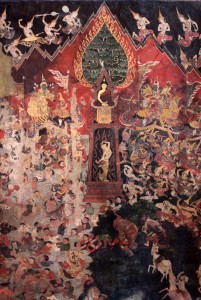
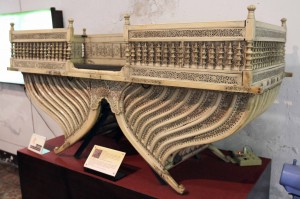
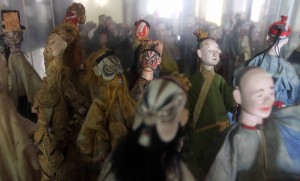
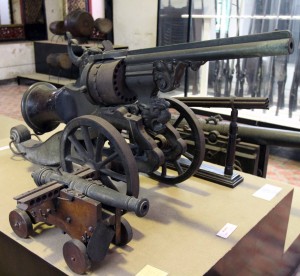
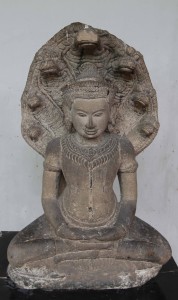
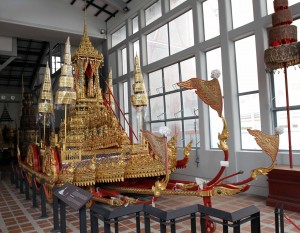
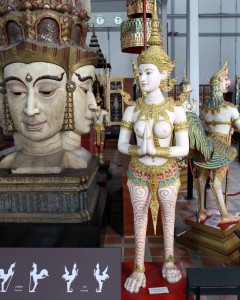
Today I got up and walked west along the same path I took yesterday and encountered the same criminal tuk-tuk driver I had met the previous day; once again he told me the Grand Palace was closed, so I told him he was liar and to fuck off – unfortunately I don’t think he’ll ever change his ways. I then walked north from the Grand Palace to the large parade field and then to the National Museum of Bangkok. The museum is situated at the Palace of the Front (or “Wang Na”) which was constructed in 1782 AD along with the Grand Palace; the Palace of the Front used to be the residence of five viceroys (or deputy kings) and was made in to the National Museum in 1926. The museum details the history of Thailand from the stone age to the present and has a lot of information on display. It also has a lot of artifacts such as Buddhist statues, weapons, Chinese and Thai puppets, masks, royal palanquins, royal chariots (some that were grotesquely enormous) thrones, howdahs (saddles used on elephants), musical instruments, carvings made from ivory, clothing worn by past royalty, Wheel of Law sculptures, and other statues of mythical beasts. Inside the museum grounds is also the Buddhaisawan Chapel which houses the Phra Buddha Sihing, the second most revered and sacred Buddha since ancient times. I first walked through the exhibitions on Thailand’s history, then I visited the Buddhaisawan Chapel and Red House before walking through the multiple halls displaying many artifacts from Thailand, as well as neighboring countries. The last building I visited housed many of the royal chariots and palanquins; one chariot (the “Royal Chariot of Great Victory”) is eighteen meters long, 11.20 meters high, weighs 13.7 tons, and needs 216 people to pull it – it was massive and is used for cremation ceremonies of kings, queens, and viceroys.
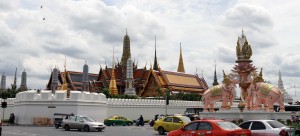
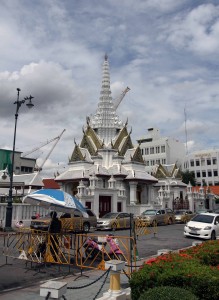
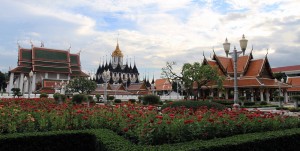
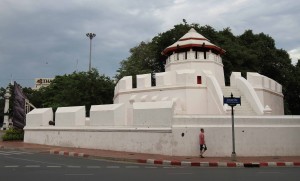
After visiting the museum, I walked by the City Pillar Shrine (also known as “San Lak Muang”) which houses a pillar constructed before the city itself is constructed (these “city pillar” shrines are found in many cities across Thailand); also, the shrine is believed to contain the city spirit deity. I then walked north to a highly reputable massage parlor (it received rave reviews on Tripadvisor) where I received a ninety minute Thai massage; first I received a foot bath, then I changed in to loose fitting clothes, and finally received my massage; my masseuse worked on my legs, then my arms and chest, then the backs of my legs and my back, before finally contorting my body and performing some of the more advanced stretches (for a petite woman, she had a lot of strength); afterwards I felt completely rejuvenated and was given some hot tea to drink; the whole procedure only cost 280 baht and was completely worth it (though I did tip very generously). I then walked back to my hotel to drop my camera off before walking back the way I came to Khao San Road. I went back to Khao San Road to check out the various travel agencies to try and book a canal tour for the next day; unfortunately almost all tours require a minimum of two people (the problems facing a single traveler), but I found one that looked potentially promising that I would check out the next day. I then looked for a place to eat; I wanted pizza, but I also wanted clean hands and many restaurants surprisingly don’t have soap in their restrooms; so after several failed attempts, I finally found a suitable restaurant near the Democracy Monument, but since pizza wasn’t on the menu, I had Thai food instead (spicy fried rice with chicken, stir-fried duck with chilies, and a diced up fried fish and vegetable paddy – the food left me in tears due to it being spicier than I expected, luckily I had beer to help soothe my pain). After dinner, I walked back to the hotel where I chatted with a Columbian man staying in the same dormitory room and he told me about Cambodia; he recommended a place to stay and told me exactly what I should do – it was solid advice and I’ll definitely use it. Finally, I went to sleep.
